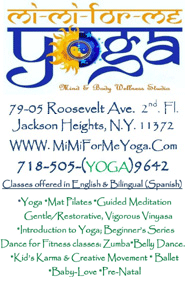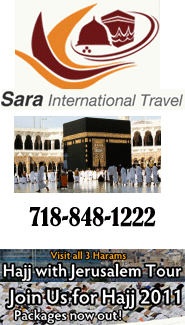|
|
|
|
|
|
Jammu pronunciation (help·info) (Dogri: जम्मू, Urdu: جموں) is one of the three regions comprising India's northernmost state of Jammu and Kashmir. Jammu borders Kashmir, the disputed part of the state, to the north, Ladakh to the east, Himachal Pradesh to the south. Sandwiched between the Vale of Kashmir to the north and the Daman Koh Plains to the south, the Shivalik Range comprises most of the region of Jammu. The Pir Panjal Range, the Trikuta Hills and the low-lying Tawi River basin adds beauty and diversity to the terrain of Jammu.
Jammu also known as "City of Temples" has innumerable temples and shrines, with glittering ‘shikhars’ soaring into the sky, dot the city’s skyline, creating the ambience of a holy and peaceful city.
Home to some of the most popular Hindu shrines, such as Vaishno Devi, Jammu is one of the most famous pilgrimage tourism destinations in India. Once a seat of the Dogra Rajput dynasty, Jammu came under the control of Maharaja Ranjit Singh Ji in the 19-century and became a part of the Sikh Kingdom. Maharaja Ranjit Singh soon appointed Gulab Singh Ji the ruler of Jammu. After the death of Maharaja Ranjit Singh, Punjab, The Sikh Kingdom was defeated by the British after Maharaja Duleep Singh was taken by the British to England under the orders of The Company. Not having the resources to occupy the hills immediately after annexing parts of Punjab, the British recognized Maharaja Gulab Singh, the strongest ruler north of the Sutlej River, as ruler of Jammu & Kashmir. But for this he had to pay a sum of Rs. 75 Lakhs in cash...this payment being legal as the Maharaja was a former vassal of the Sikh Kingdom and was partly responsible for its treaty obligations. Maharaja Gulab Singh is thus creditited as the founder of Jammu and Kashmir. After his descendant Maharaja Hari Singh, the last ruler of Jammu and Kashmir, signed the Instrument of Accession in 1947, Jammu became 'a part' of the Union of India.
Jammu enjoys the status of an administrative division within the state of Jammu and Kashmir. Jammu city, the largest city in the region, is the winter capital of Jammu and Kashmir. The majority of Jammu's 2.7 million population practices Hinduism , while Islam and Sikhism enjoy a strong cultural heritage in the region. Due to relatively better infrastructure, Jammu has emerged as the main economic center of the state.
Jammu is the only region in Kashmir that has a Hindu majority population. 71% of Jammu's population practices Hinduism while 24% practices Islam .
Approximately 67% of the population is Dogra. Majority of the Hindus are either Dogras or people who migrated from Kotli, Mirpur, and the Kashmir Valley. Some Hindus are of Punjabi descent. Most of the Sikhs are migrants from POK (from areas like Muzzaffrabad and Punch sector areas occupied by Pakistan during 1947). Jammu is well connected with the rest of India by rail, road and air, making it far better connected than the rest of the state. Jammu also has direct flights to Srinagar, Delhi, Chandigarh, Leh and Mumbai.
As of 2001 India census, Jammu had a population of 378,431. Males constitute 54% of the population and females 46%. Jammu has an average literacy rate of 79%, higher than the national average of 64.5%: male literacy is 82%, and female literacy is 74%. In Jammu, 10% of the population is under 6 years of age.
|
|
|




|
|
|
|